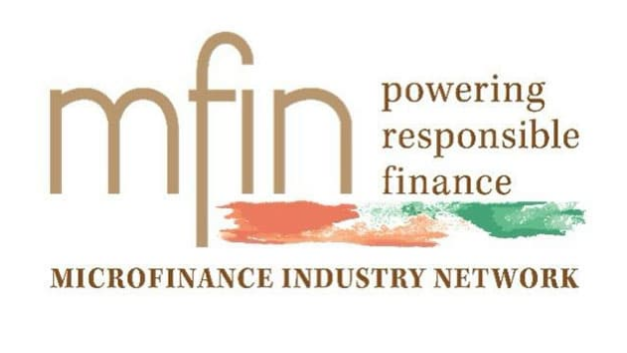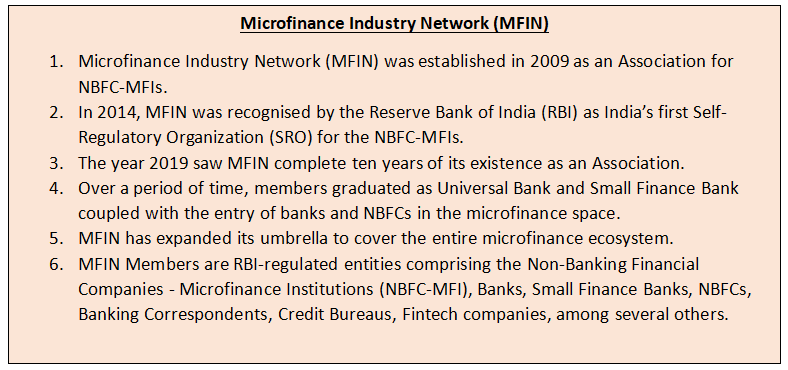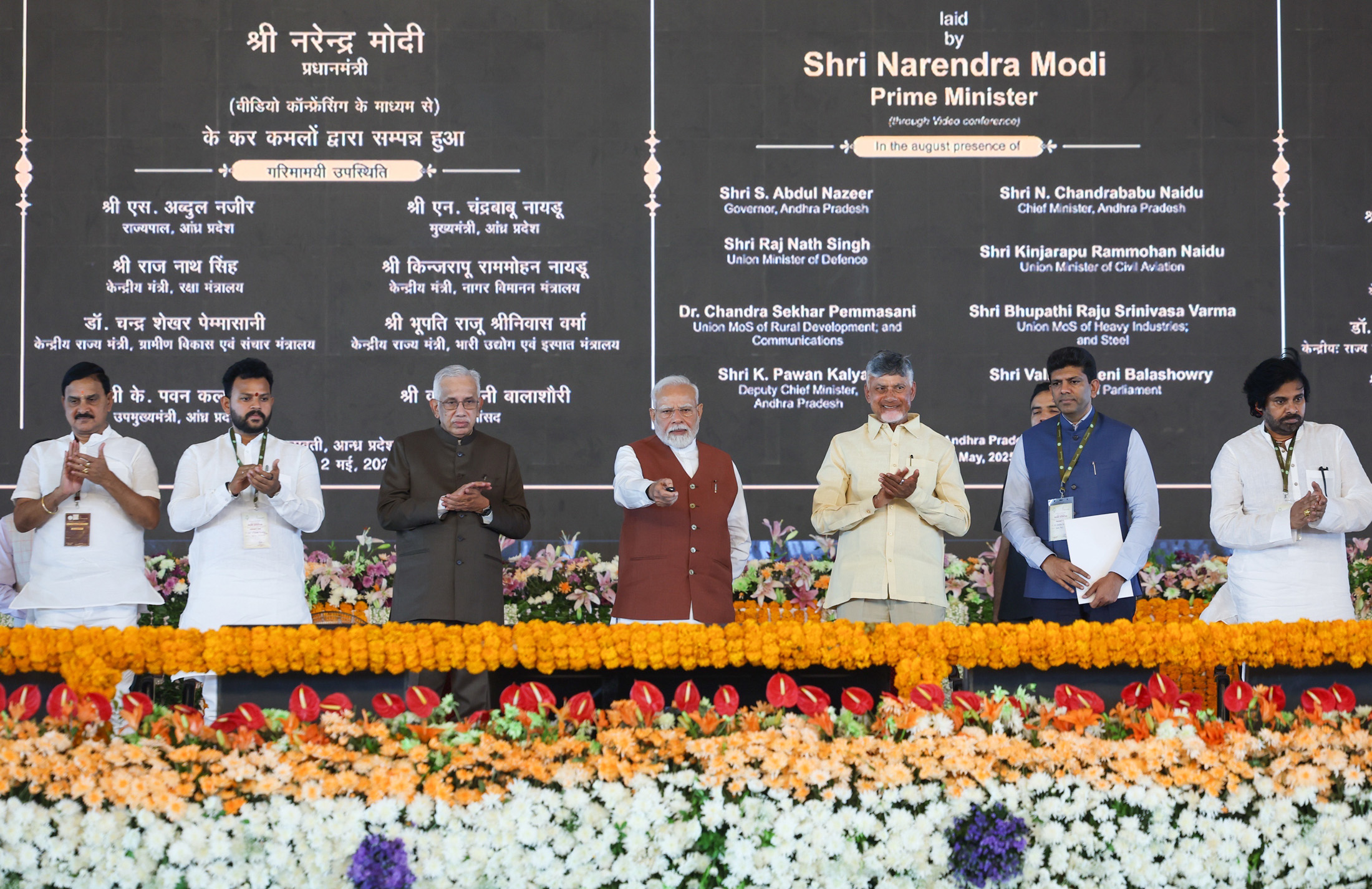- Courses
- GS Full Course 1 Year
- GS Full Course 2 Year
- GS Full Course 3 Year
- GS Full Course Till Selection
- Online Program
- GS Recorded Course
- NCERT (Recorded 500+ Hours)
- Polity Recorded Course
- Geography Recorded Course
- Economy Recorded Course
- AMAC Recorded Course
- Modern India, Post Independence & World History
- Environment Recoded Course
- Governance Recoded Course
- Science & Tech. Recoded Course
- International Relations and Internal Security Recorded Course
- Disaster Management Module Course
- Ethics Recoded Course
- Essay Recoded Course
- Current Affairs Recoded Course
- CSAT
- 5 LAYERED ARJUNA Mentorship
- Public Administration Optional
- ABOUT US
- OUR TOPPERS
- TEST SERIES
- FREE STUDY MATERIAL
- VIDEOS
- CONTACT US
Microfinance in India
Microfinance in India
17-11-2023

Context
The Microfinance Industry Network (MFIN) recently held its third edition of "Micro Matters: Macro View – India Microfinance Review FY 2022-23" in Mumbai.
Key findings of the report
- The microfinance sector has expanded to 87 lakh new women clients, reaching approximately 6 crore low-income women with outstanding credit of over 3 lakh crores across 729 districts.
- MFIs followed by banks are the largest provider of micro-credit amongst other regulated entities.
- MFIs' gross Non-Performing Assets (NPA) decreased from approximately 5.6% in FY22 to 2.7% in FY23.
About Microfinance in India
- Status: A National Council of Applied Economic Research (NCAER) study indicates that microfinance contributes to approximately 130 lakh jobs and 2% of the Gross Value Added (GVA).
- Microfinance: RBI defines microfinance as collateral-free loans to households with annual income up to Rs.3 lakh.
-
Significance of Microfinance in India:
- Boosting Entrepreneurship: MFIs offer small loans, promoting entrepreneurship and business development, which in turn leads to economic growth and job creation.
- Financial Inclusion: MFIs promote financial inclusion by offering credit and services to those excluded from traditional banking, enabling savings, education, healthcare investment, and entrepreneurship.
- Poverty Reduction: Microfinance is a financial system that provides small loans to the poor, thereby reducing poverty and enhancing their standard of living.
- Empowering Women: Microfinance significantly empowers women by providing financial resources, promoting economic independence, and enhancing their social standing.
- Supporting Rural Development: MFIs aid rural development by offering small loans to farmers and entrepreneurs, thereby boosting agricultural productivity and contributing to economic growth in rural areas.
- Challenges with Microfinance in India: The issue of over-indebtedness, high interest rates, lack of financial literacy, operating in remote areas with inadequate infrastructure, political interference, and lack of regulation are significant challenges.
Government Initiatives for Microfinance in India
- SHG-Bank Linkage Program: The goal is to boost the loan volume of Self-Help Groups (SHGs) and shift their money lending from non-income-generating activities to production-based ones.
- E-shakti Programme: The goal is to digitize the accounts of various SHGs and ensure their members are included in the Financial Inclusion program.
- PM SVANidhi: a special micro-credit loan facility providing affordable working capital loans to street vendors.
Way Forward
The focus is on enhancing the regulatory framework, enhancing financial literacy, fostering partnerships, and ensuring social impact




